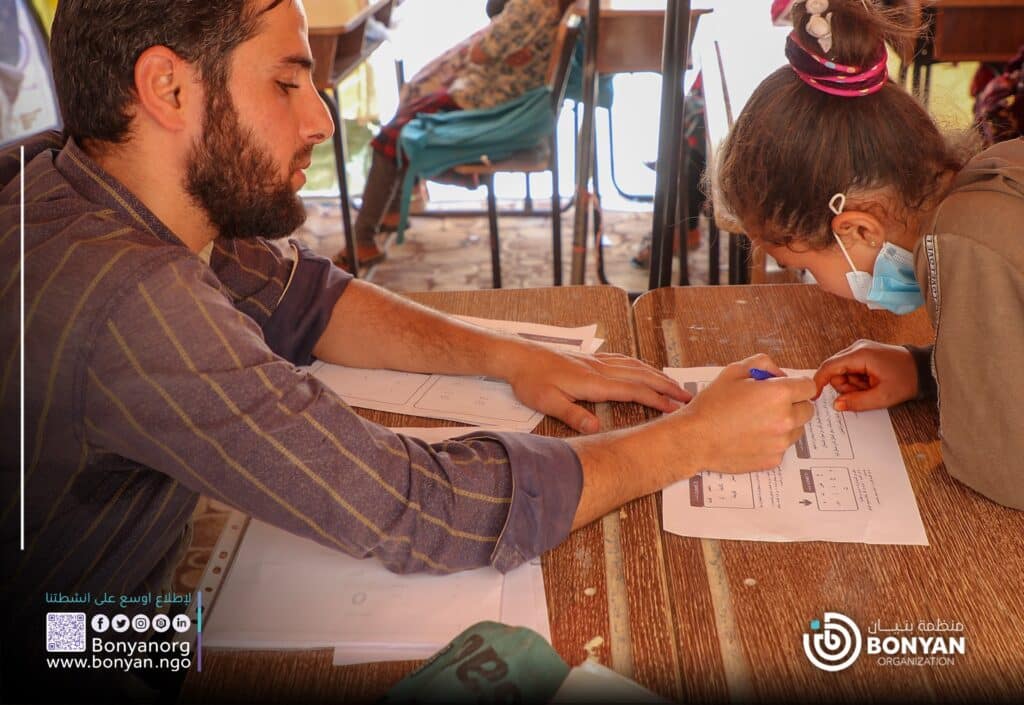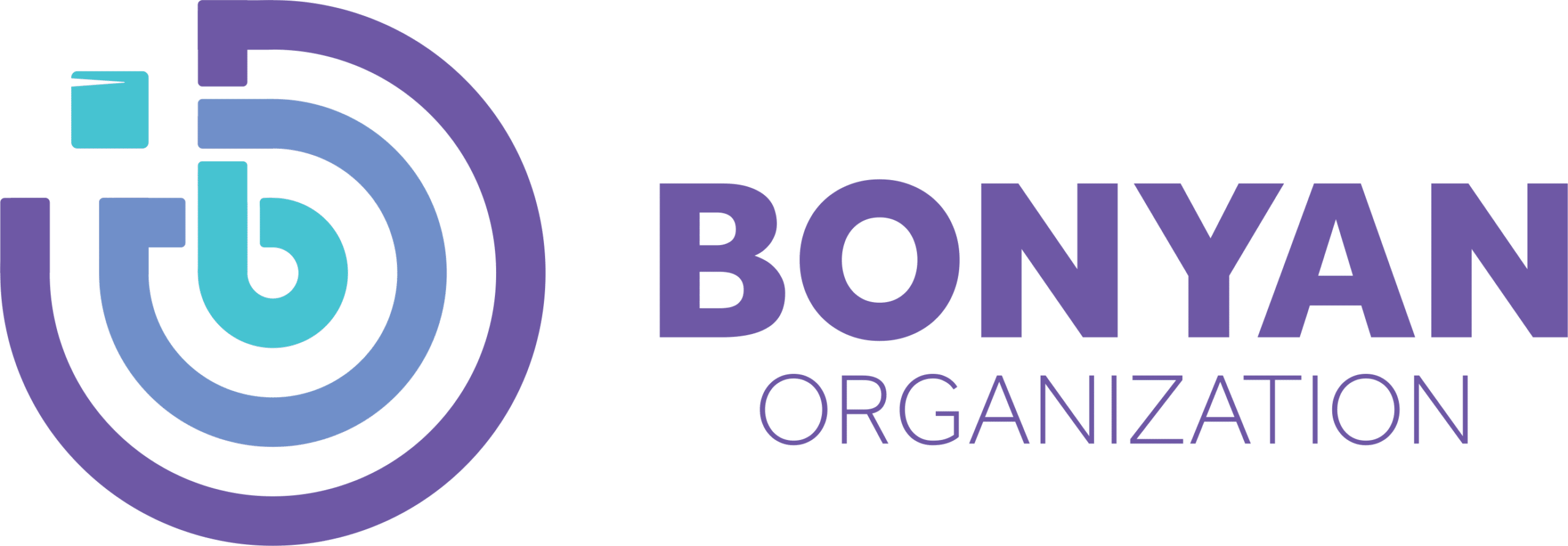Know Individual Students
Effective teachers know their students. Effective teachers know and understand individual students’ cognitive and social/emotional launching points even before explicit instructional modeling. They understand what motivates and excites them to learn at a deeper level.
When individual students know they are cared for and loved by their own teacher, they will typically provide a genuine effort, giving the teacher a clear picture of the correct level of support to provide the learner. These kinds of supports will eventually spur students to become self-directed, critical thinkers that can work interdependently toward common group goals.
Communication
It is necessary to talk to your students and know what they are struggling with outside of school, home, family, or work communication.
Perhaps they could use some coaching around time management. Or, a more difficult question involves asking for an honest answer about how much effort they are putting into studying. Feel free to ask these questions to understand how you can help.

Motivation
Students always have pressure in school or in their daily life. They need motivation from all the people around them, at school, home, or work.
Here are some strategies to motivate students:
- Promote a growth mindset over a fixed mindset.
- Develop meaningful and respectful relationships with your students.
- Grow a community of learners in your classroom.
- Establish high expectations and establish clear goals.
- Be inspirational.
Differentiated Instruction
Teachers change and switch around what students need to learn, how they’ll know it, and how to get the material across. When a student struggles in one area, the teacher creates a plan that includes extra practice, step-by-step directions, and particular homework.
Mnemonics
Students use particular phrases to help them remember information. Here’s an example: Please Excuse My Dear Aunt Sally is often used to place the order of operations in math: Parentheses, Exponents, Multiply, Divide, Add and Subtract.
This strategy can also help with learning vocabulary. For example, a child can learn the scientific name for the common frog, Ranidae, by using rain as the keyword and a picture of a frog sitting in the rain.
Multisensory Instruction
This method links what students see, what they hear, how they move, and what they feel. When students learn using all of their senses, they remember the material better. Math teachers might use base ten blocks and two-sided counters so that students learn through touch. Drawing might help students learn new vocabulary by capturing the meaning of a word and sketching it.
Each child learns differently. Teachers will use many creative methods to teach your child and the other students so they all know.
Give Students Time
If teachers give students just a few seconds more to really think about their answers, they’re much more like giving an answer and providing elaboration. Research has shown, on average, that teachers only wait one second or less between asking students a question and calling upon a student to answer the question.
Allow Students to Explain
How many times have you asked a student a question to repeatedly get the answer, “I don’t know”? Encourage students to develop a solution, even if they are unsure. Teach them how to explain to you how they got their answer. Once you find out how they got their response, it will be easier to figure out what they are doing wrong. Require that all students must come up with an answer and be able to explain how they got it.
Time Management Skills
Struggling students have difficulty managing their time and daily tasks because it often feels overwhelming to them. Teach students how to manage their time and their studies by having them write down their whole schedule for one day. Then, have students estimate how long they think it will take them to do each listed task. Go over the list and discuss how much time should be spent on each task. This activity will help them understand that time management skills are essential and that they must take ownership of their learning to keep them from struggling in school.
Give Students Encouragement
Effective teachers encourage students and motivate them to do well in school. They take the time to praise them and tell them that they can do anything when they put their mind to it.
Planning for and Implementing According to Levels of Students
Planning for and implementing differentiated instruction holds all students accountable for learning at their own readiness level. It also has the teacher responsible for delivering the designed education at those specific levels, thus reaching all learners.
Accurately differentiating instruction is a very challenging pedagogical skill to master. ‘Accuracy’ in the planning process means that teachers should start education at the present level of development within the classroom. As such, beginning instruction at the correct starting line provides a strong lever for supporting students at the beginning, middle, and end of a lesson.
Assess Students Throughout The Lesson
Assessment with students cannot and should not be left to the end of a lesson. Instead, the evaluation and monitoring of student understanding should be done throughout. Specifically, each phase of the release of responsibility framework (see above) should include a formative assessment feature.
Read More:
FAQ
How do You Motivate a Struggling Learner?
– Promote a growth mindset over a fixed mindset.
– Develop meaningful and respectful relationships with your students.
– Grow a community of learners in your classroom.
– Establish high expectations and establish clear goals.
– Be inspirational.
What Are Some Ways You Can Help Struggling Students?
1. Take their concerns seriously.
2. Offer validation and acceptance.
3. Avoid shaming.
4. Do not “call out” your student in front of the entire class.
What are 5 Techniques Teachers Can Use to Help Students Cope With Problems and Challenges?
– Differentiated instruction.
– Scaffolding.
– Graphic organization.
– Mnemonics.
– Multisensory instruction.
How Can You Support All Learners in the Classroom?
Simplify language, repeat words, and clarify meanings. Observe the student’s learning style and differentiate teaching and learning accordingly. Provide the student with tasks that are within their capacity.
Content
- Know Individual Students
- Communication
- Motivation
- Differentiated Instruction
- Mnemonics
- Multisensory Instruction
- Give Students Time
- Allow Students to Explain
- Time Management Skills
- Give Students Encouragement
- Planning for and Implementing According to Levels of Students
- Assess Students Throughout The Lesson
- FAQ



